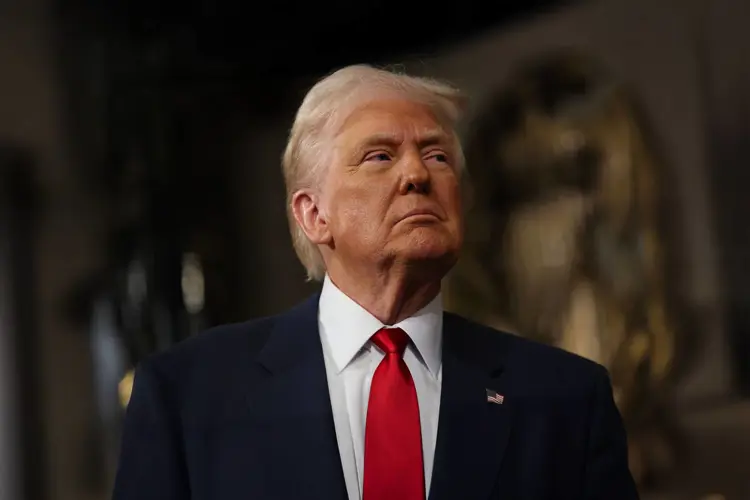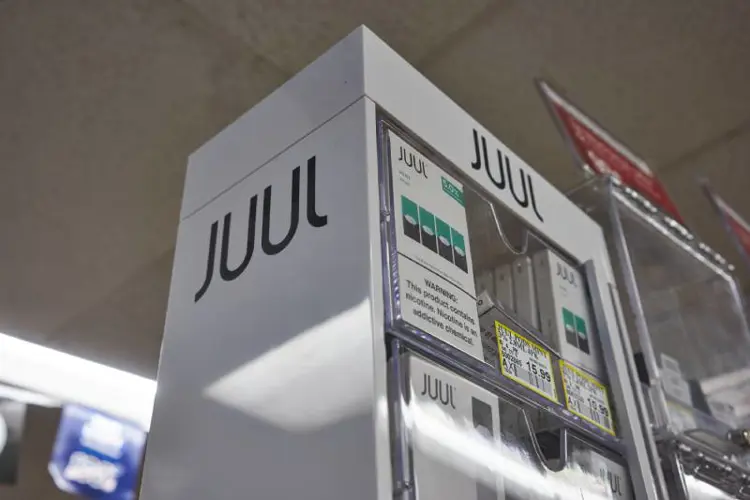The FDA Center for Tobacco Products will collect more than $700 million in tobacco company users fees this year, and it has committed to spending a big chunk of that booty on “anti-tobacco” messaging—which nowadays means anti-vaping messaging. The Real Cost ads are supposed to be targeted at teenagers.
Advertising agencies bid for the opportunity to wow the FDA with their clever ideas for driving home the message that vaping and nicotine are bad, abstinence is good, and it’s cool to just say no. However, since the adventurous kids who are likely to try vaping aren’t generally receptive to these messages, the process is repeated every year with no discernible effect. It will continue until the FDA stops collecting money from tobacco companies or the sun explodes.
This year, a major part of the Real Cost campaign to reduce adolescent vaping is a comic book created for the FDA by ad agency FCB New York, and executed by Marvel Comics, the creators of iconic comics like Spider-Man and the Avengers. Marvel Comics’ parent company Marvel Entertainment is owned by Disney.
You already know the story told in the anti-vaping comic, because it’s virtually identical to the 2018 Real Cost campaign ad called “Epidemic,” in which a plague of invisible nicotine worms infests helpless teenagers and “changes their brains.” That was created by FCB too.
In the new fear-based anti-vaping campaign—called “The Mind Control Menace”—e-cig vapor is a sickly green miasma that turns once-motivated high school students into zombie-like dullards. It’s less exciting than being eaten inside-out by vape worms, but equally plausible.
“For most teens, high school is a time to enjoy more independence and self-reliance,” said FCB’s Gary Resch in a statement. “With our partners at Marvel, we’re framing addiction as an entity that subverts that freedom—which, for a 16-year-old, makes for a perfect villain.”
The problem is that the kind of teenager who’s likely to try vaping—or smoking or drinking or weed—isn’t going to be dissuaded by a TV commercial or a comic book created by hipster ad executives and distributed at a school assembly. In fact, they’d probably read it and crack up while they pass a JUUL around, the same way kids in 1969 got high while watching Jack Webb lecture kids about pot on Dragnet.
Following the vape worms, the ad whizzes at FCB tried a magician who turned vapes into cigarettes in 2019. Last year, they went back to Drug War basics ina campaign called “Addiction Isn’t Pretty,” featuring kids fishing vapes out of toilets while their friends laughed at their “addiction.” Stigma is the anti-drug strategy of no return: throwing drug users under the bus to “save” the potentially curious.
Scaring kids, tricking them, or stigmatizing drug users are simply not effective deterrents to drug use. They never have been, but the public health people who make careers of exaggerating and lying about the risks of cannabis or vaping aren’t smart enough to do anything but continue to flog the same tactics year after year and decade after decade, hoping something different will happen. And the ad agencies that create the ads are merely clever; they don’t think at all, except to come up with ideas they know will keep the FDA cash flowing.
What high-profile scare campaigns can do, however, is raise awareness about the substance in question and generate interest in it. We don’t know how many teenagers start vaping because of anti-vaping messaging, but we do know that the 2019 National Youth Tobacco Survey found curiosity was the most common reason school-age kids cited for vaping.
Adventurous kids are probably more likely to vape if adults seem to be freaked out about vaping. And when authorities suggest that it has weird supernatural effects or is addictive, it makes vaping even more exciting and attractive to those kids who are primed to experiment with adult things.
What might work to prevent teenagers from vaping? Maybe the truth. Authorities could explain clearly what nicotine is and what it does, and explain that vaping was designed as an alternative for people who can’t stop smoking. Nah, that’d never work.
Featured image courtesy Marvel Entertainment/YouTube
The Freemax REXA PRO and REXA SMART are highly advanced pod vapes, offering seemingly endless features, beautiful touchscreens, and new DUOMAX pods.
The OXVA XLIM Pro 2 DNA is powered by a custom-made Evolv DNA chipset, offering a Replay function and dry hit protection. Read our review to find out more.
The SKE Bar is a 2 mL replaceable pod vape with a 500 mAh battery, a 1.2-ohm mesh coil, and 35 flavors to choose from in 2% nicotine.
Because of declining cigarette sales, state governments in the U.S. and countries around the world are looking to vapor products as a new source of tax revenue.
The legal age to buy e-cigarettes and other vaping products varies around the world. The United States recently changed the legal minimum sales age to 21.
A list of vaping product flavor bans and online sales bans in the United States, and sales and possession bans in other countries.



















